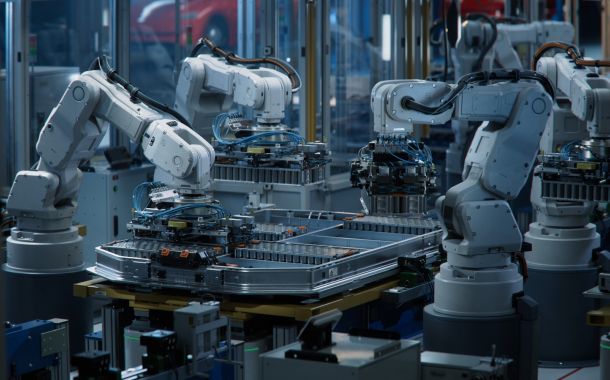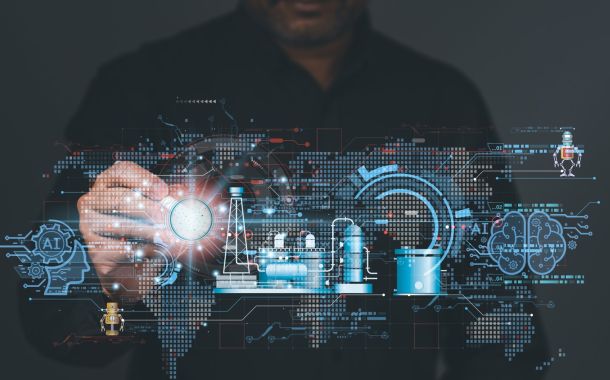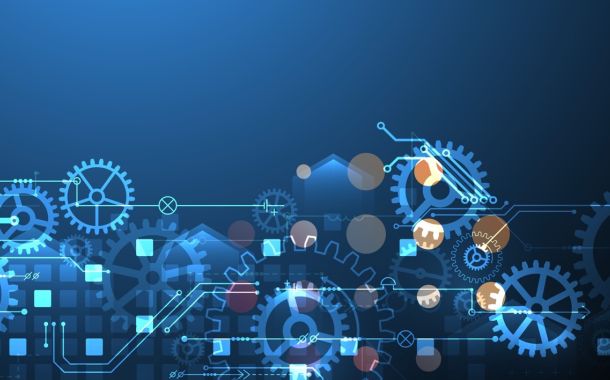Cyber defence: everything you need to know
We live in a digital age where cyber security has become critical for both businesses and individuals. As technology rapidly advances, so does the number and sophistication of hacking attacks, which puts websites and online data at increased risk. Data security is an essential element of information security, ensuring that personal and corporate information is protected from unauthorised access and manipulation. To protect against ransomware and other malicious software, continuous monitoring and updating of systems is critical to reduce vulnerabilities. But what is cyber defence and what are its components? Let's find out!
Cyber defence is the process of protecting computer systems, networks and data from unwanted or unauthorised access, use, disruption, destruction or damage. In the age of digitalisation, more and more organisations are relying on IT security solutions to protect their infrastructure and assets from cyber-attacks. Such attacks can include viruses, phishing attacks or even data deletion and modification, which can cause serious damage. Let's see which are the most common attacks!
Most common cyber attacks
There is a wide range of cyber attacks, but some are particularly damaging. Phishing attacks, for example, are extremely insidious, where attackers send emails that appear to be authentic and are designed to trick victims into providing personal information or login credentials. This information is then used for abuse.
Ransomware is another common threat, where attackers inject software into a computer or network that encrypts data and then demand a ransom to recover it. This can cause severe financial and reputational damage.
DDoS, or denial of service attacks, differ in that they aim to disable the target by overloading the system or website. This makes a company's online services virtually unavailable, which can cause significant business losses.
In the case of embedded threats, attackers infiltrate a company's internal systems, often undetected for long periods. Detection of these types of attacks is extremely difficult, as attackers usually infiltrate in ways that appear legitimate and gather information slowly and persistently.
These types of attacks highlight the importance of cyber defence, as they cause not only technological but also human and financial losses.
Cyber defence technologies and tools
The technological arsenal of cyber defence consists of several components, all of which are essential to defend against digital attacks. Firewalls and antivirus programs are the cornerstones of cyber security, preventing unwanted access and detecting malicious software immediately. Encryption plays a key role in protecting data, ensuring that sensitive information is only accessible to the right people.
For authentication, multi-factor authentication systems are used, requiring a combination with something the user knows, possesses or that biologically identifies them. This significantly increases the impenetrability of security systems.
Nor should the importance of network security tools that continuously monitor and manage network traffic, preventing as many attacks as possible, be underestimated. In addition, cloud-based cyber defence solutions have revolutionised the way companies can concentrate their resources and defend more effectively against cyber attacks. Cloud technology offers a highly flexible and cost-effective solution to cyber defence challenges, as capabilities can be scaled as needed.
Human aspects of cyber defence
When we talk about cyber defence, we often tend to think only about the technology, when human factors are also crucial to security. Proper training and awareness programmes are essential to any organisation's security strategy. They ensure that employees are aware of the latest cyber threats and know how to respond to them correctly.
In addition, organisational culture and internal security policies are also key: a working environment where security is a priority for everyone significantly reduces the likelihood of cyber incidents.
The human aspects of cyber security must be given high priority in organisations, as even the best technological solutions can be ineffective if they are not applied by a properly trained and aware workforce.
Cybersecurity in practice
Cyber defence is not just a technical issue, its application in everyday practice is crucial for the security of organisations and individuals. Regular security audits and vulnerability assessments are part of companies' cyber defence strategies to help identify and remediate potential security vulnerabilities.
In addition, up-to-date defensive techniques, such as continuous data encryption and modern access control tools, are key to fighting cyber threats. Risk analysis is another important element of practical cyber defence, which includes prioritising threats and developing response measures.
To develop effective cyber defence protocols, organisations need to continuously update their knowledge and technologies to keep pace with the rapidly evolving cyberspace and its challenges.
In practice, the aim is not only to manage existing risks but also to anticipate and prevent potential future threats. Such a proactive approach can help organisations maintain control over their IT systems, ensuring continuity of operations and confidence. Cyber defence is a specialised field that requires specialised knowledge. SynerinSoft has that knowledge - Click to learn more about our cyber security services!




